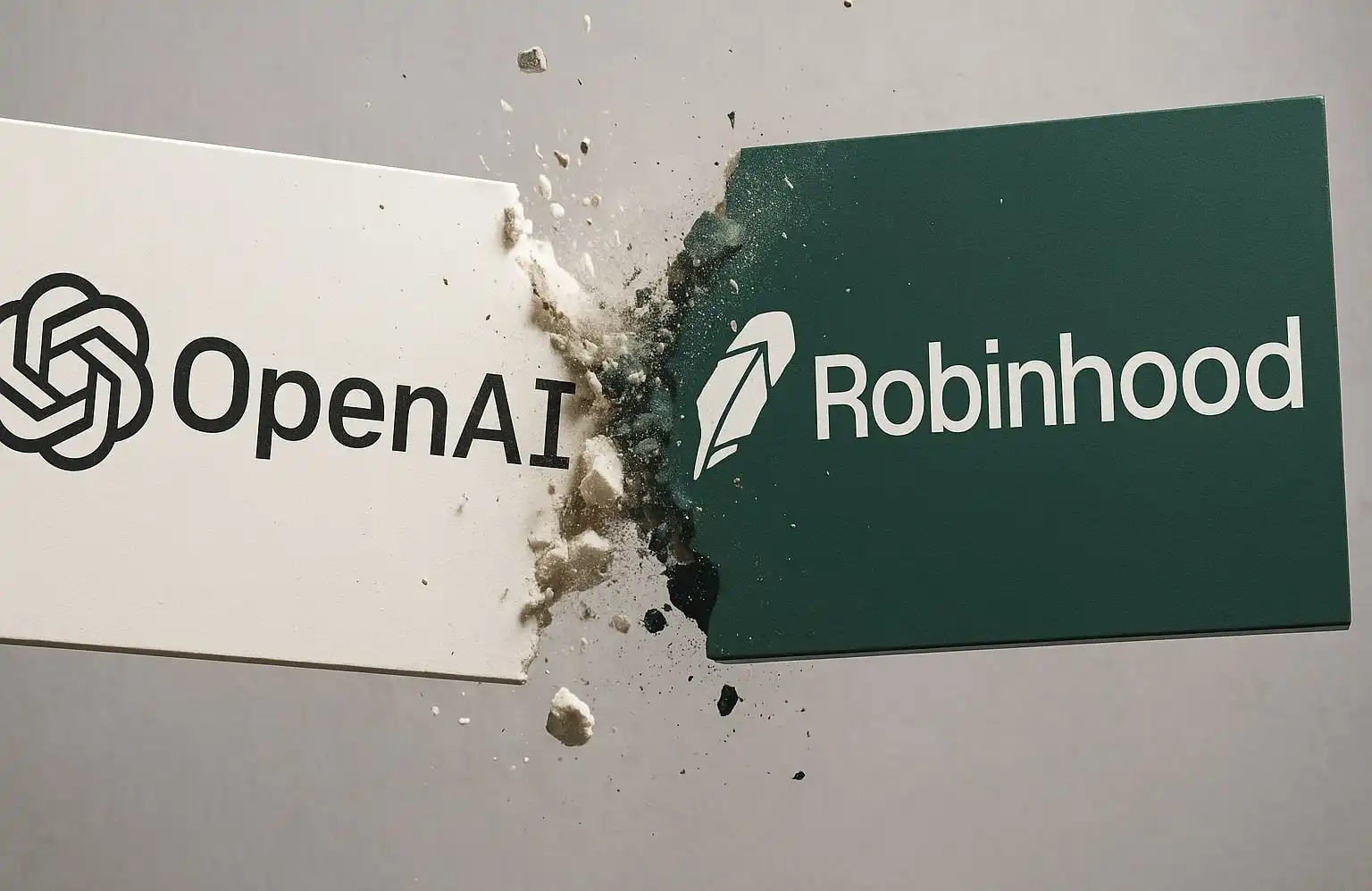Choosing not to buy $100k worth of Bitcoin and instead buying MSTR stock at a 75% premium, is Wall Street crazy?
Original Article Title: Why Are Bitcoin Treasury Companies Trading at Such High Premiums to NAV?
Original Article Author: Will Owens, Galaxy
Original Article Translation: AididiaoJP, Foresight News
Companies that have incorporated Bitcoin into their balance sheets have become one of the most talked-about narratives in the 2025 public markets. Despite investors having various direct ways to access Bitcoin exposure (ETFs, spot Bitcoin, wrapped Bitcoin, futures contracts, etc.), many still choose to gain Bitcoin risk exposure by purchasing stocks of Bitcoin treasury companies that trade at a significant premium to Bitcoin's Net Asset Value (NAV).
This premium refers to the difference between a company's stock price and its per-share Bitcoin holding value. For example, if a company holds $100 million worth of Bitcoin with 10 million outstanding shares, its per-share Bitcoin NAV would be $10. If the stock price is $17.50, the premium would be 75%. In this context, the mNAV (or Net Asset Value multiple) reflects how many times the stock price is of Bitcoin's NAV, while the premium is the percentage difference between the mNAV and 1.
Ordinary investors may wonder: Why can the valuation of such companies far exceed their Bitcoin assets themselves?

Leverage Effect and Capital Access
One of the most significant reasons for the premium of Bitcoin treasury companies' stock prices over their Bitcoin assets may lie in their ability to leverage through the public capital markets. These companies can raise funds through issuing bonds and stocks to increase their Bitcoin holdings. Essentially, they act as high-β agents of Bitcoin, amplifying Bitcoin's sensitivity to market fluctuations.
The most commonly used and effective means in this strategy is the At-The-Market (ATM) stock issuance plan. This mechanism allows companies to gradually issue stocks at the prevailing market price with minimal market impact. When there is a premium of the stock price over Bitcoin's NAV, the amount of Bitcoin that can be purchased with each $1 raised through the ATM plan exceeds the dilution of Bitcoin holdings per share caused by the issuance. This creates a "per-share Bitcoin holding value appreciation loop," continuously amplifying Bitcoin exposure.
Strategy (formerly known as MicroStrategy) is the best case study of this strategy. Since 2020, the company has raised billions of dollars through convertible bond issuances and secondary equity offerings. As of June 30, Strategy holds 597,325 bitcoins (approximately 2.84% of the circulating supply). Such financing instruments are only applicable to publicly listed companies, allowing them to consistently increase their Bitcoin positions. This not only amplifies Bitcoin exposure but also creates a compounded narrative effect, where each successful fundraising and Bitcoin acquisition reinforces investor confidence in this model. Therefore, investors buying MSTR stock are not just buying Bitcoin; they are also buying the "ability to continuously increase their Bitcoin holdings in the future."
What Is the Premium Rate?
The table below compares the premium situation of some Bitcoin reserve companies. Strategy is the largest publicly traded company globally holding Bitcoin and is also the most well-known representative in the field. Metaplanet is the most aggressive Bitcoin hodler (its transparency advantage will be detailed later). Semler Scientific entered this trend earlier, starting to buy Bitcoin last year. Meanwhile, France's The Blockchain Group indicates that this trend is spreading globally from the United States.
Premium rates for some Bitcoin reserve companies' NAV (as of June 30; assuming a Bitcoin price of $107,000):

Although Strategy's premium rate is relatively modest (about 75%), the premium rates of smaller companies such as The Blockchain Group (217%) and Metaplanet (384%) are significantly higher. These valuations indicate that market pricing not only reflects the growth potential of Bitcoin itself but also encompasses a comprehensive consideration of capital market access, speculative space, and narrative value.
Bitcoin Yield: Key Indicator Behind the Premium
One of the key indicators driving the stock premium of these companies is the "Bitcoin yield." This indicator measures the growth of each company's Bitcoin holding per share over a specific period, reflecting its efficiency in increasing Bitcoin holdings using fundraising capabilities without causing excessive dilution of equity. Metaplanet is particularly known for its transparency, providing a [real-time Bitcoin data dashboard] on its website, dynamically updating its Bitcoin holdings, Bitcoin holding per share, and Bitcoin yield.

Source: Metaplanet Analytics (https://metaplanet.jp/en/analytics)
Metaplanet has made its reserve proof public, while other peer companies have not adopted this practice. For example, Strategy has not implemented any on-chain verification mechanism to prove its Bitcoin holdings. At the "Bitcoin 2025" conference in Las Vegas, [Chairman Michael Saylor explicitly opposed] publicly proving reserves, stating that this would be a "bad idea" due to security risks: "This would weaken the security of issuers, custodians, exchanges, and investors." This view is controversial, as on-chain reserve proof only requires the public sharing of public keys or addresses, not private keys or signature data. Since Bitcoin's security model is based on the principle of "public keys can be safely shared," revealing wallet addresses does not jeopardize asset security (this is precisely the feature of the Bitcoin network). On-chain reserve proof provides investors with a direct way to verify the authenticity of a company's Bitcoin holdings.
What If the Premium Disappears?
The overvaluation of Bitcoin treasury companies has persisted in the context of a rising Bitcoin price and a retail-driven bull market frenzy. No Bitcoin treasury company has seen its stock price stay below NAV for an extended period. The premise of this business model relies on the ongoing existence of a premium. As [VanEck analyst Matthew Sigel pointed out]: "When the stock price falls to NAV, equity dilution will no longer have strategic value but instead become value extraction." This statement directly addresses the core vulnerability of this model, as the ATM stock issuance plans (the capital engine for these companies) fundamentally rely on stock price premiums. When the stock price is higher than the per-Bitcoin value, equity fundraising can increase the per-Bitcoin holding value; however, when the stock price falls close to NAV, equity dilution will weaken rather than enhance shareholders' Bitcoin exposure.
This model relies on a self-reinforcing loop:
· Stock price premium supports fundraising ability
· Fundraising used to acquire more Bitcoin
· Bitcoin accumulation reinforces the company narrative
· Narrative value maintains the stock price premium
If the premium disappears, the loop will be broken: funding costs will rise, Bitcoin accumulation will slow down, and narrative value will weaken. While current Bitcoin treasury companies still benefit from capital market access advantages and investor enthusiasm, their future growth will depend on financial discipline, transparency, and the ability to "increase the per-Bitcoin holding" (rather than simply stacking up Bitcoin). The "option value" that has made these stocks attractive in a bull market may quickly turn into a burden in a bear market.
Welcome to join the official BlockBeats community:
Telegram Subscription Group: https://t.me/theblockbeats
Telegram Discussion Group: https://t.me/BlockBeats_App
Official Twitter Account: https://twitter.com/BlockBeatsAsia
 Forum
Forum OPRR
OPRR Finance
Finance
 Specials
Specials
 On-chain Eco
On-chain Eco
 Entry
Entry
 Podcasts
Podcasts
 Activities
Activities








